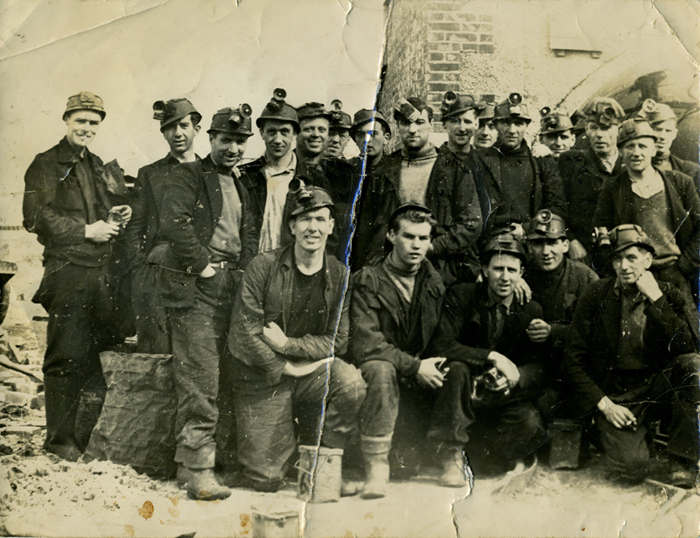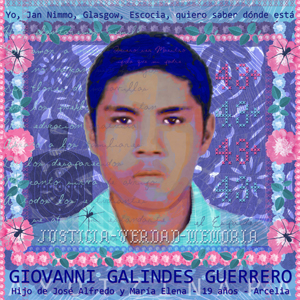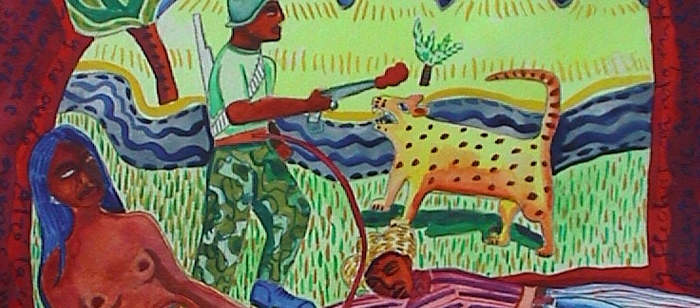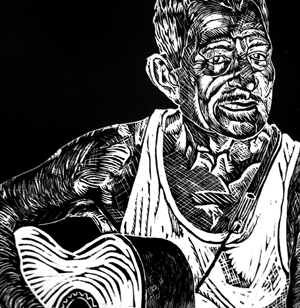 |
 |
 |
|
  |
|
In 2010, Campbeltown born artist, Jan Nimmo, released her acclaimed documentary, The Road to Drumleman, bringing to life the history of the Argyll Colliery which once thrived at Machrihanish. The colliery employed more than 300 men in its heyday, and between 1947 and 1967 was at the heart of the communities of Campbeltown and the outlying villages of Machrihanish and Drumlemble. Jan’s film, which told the story of Argyll Colliery through the personal narrative of the men who worked there, was premiered at Campbeltown Picture House. The film brought together the memories of many mining families and took the story of the mine and its men to new audiences through screenings at film festivals around the UK and in Spain, and worldwide via Culture Unplugged. The Road to Drumleman Community Exhibition is a collaborative project involving mining families, local organisations and schools. Jan is working with the support of SKDT (South Kintyre Development Trust) to deliver mining themed creative workshops in three local schools. The resulting artwork will be included in the exhibition. Local miners will visit the schools with Jan. There will be three public drop-in archiving sessions where anyone who either worked at the colliery or who has a connection with the mine will be invited to bring along photos, stories and artefacts. These will be scanned or photographed to create a digital slideshow for the exhibition and may be published on a bespoke blog. Images gathered will form an archive which will be publicly available in Campbeltown and become a legacy for future generations. The exhibition will take place at Glen Scotia Distillery in April 2017, and will include the work done by local children and young people, the community archive material, and a series of drawings by Jan Nimmo portraying many of the Argyll Colliery workers. The project will close with a community event in Machrihanish/Drumlemble in the late summer of 2017. This project is being supported by South Kintyre Development Trust, led by Jan, is funded by Heritage Lottery Fund, Campbeltown Common Good Fund, Laggan Community Council, Tangy (2) Windfarm Trust, Campbeltown Community Council and SKDT, and is also supported by Glen Scotia Distillery, Campbeltown Library and Campbeltown Heritage Centre. |
 |
 |
|
|
|
|
|











